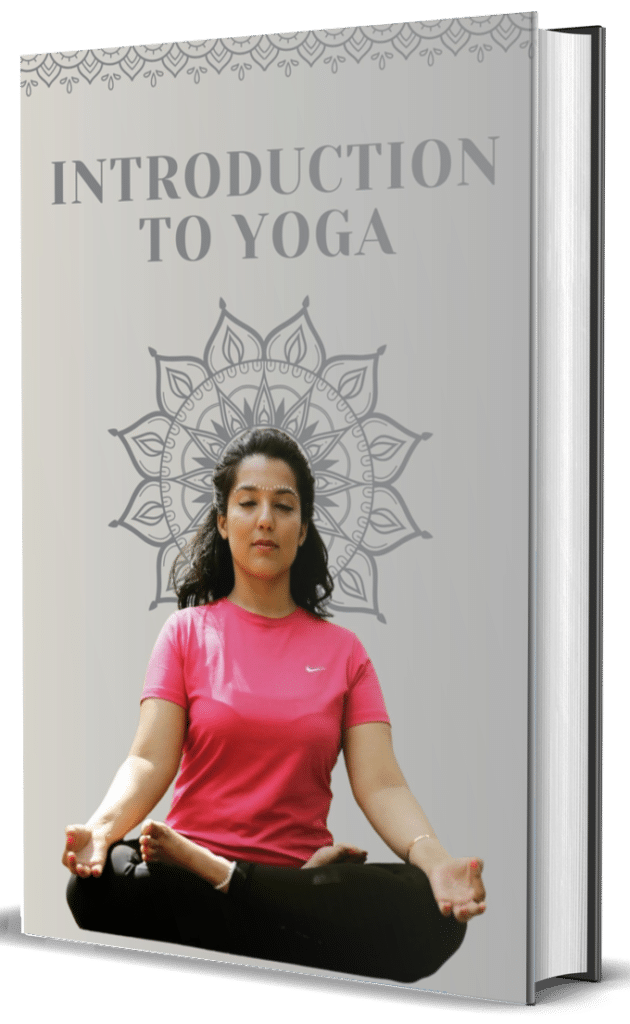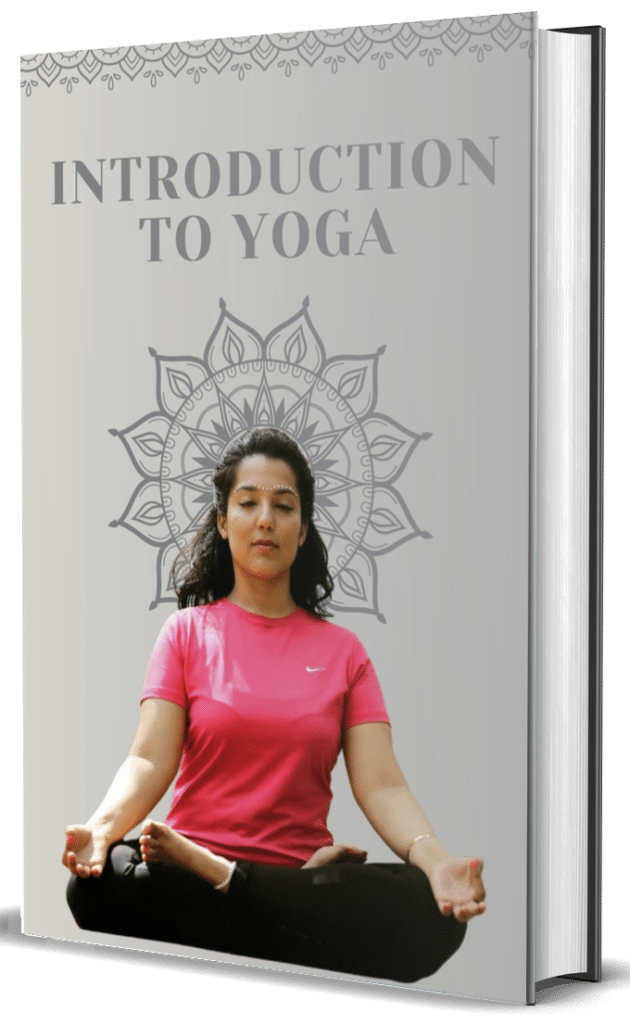Malasana, commonly known as Garland Pose or Yoga Squat, is a deep squatting position that opens the hips, stretches the ankles and groin, and strengthens the lower body. The Sanskrit name derives from “mala” meaning garland or necklace and “asana” meaning pose, possibly referencing the way the arms can wrap around the legs like a garland in some variations of the pose.
In the classic form of Malasana, the practitioner squats with feet approximately hip-distance apart and turned slightly outward. The torso nestles between the thighs as the hips lower toward the floor, while the spine remains long and the chest open. The hands typically come to heart center in Anjali Mudra (prayer position), though variations include arms extending forward for balance or wrapping around the shins.
This fundamental posture reflects a natural resting position that humans have used across cultures for thousands of years—a position that many people in Western societies have lost the ability to comfortably maintain due to modern furniture and lifestyle habits. Beyond its role in yoga, variations of the deep squat serve functional purposes in daily activities in many traditional cultures, from cooking and eating to socializing and elimination.
Physiologically, Malasana offers numerous benefits. It stretches the ankles, groins, and lower back while creating space in the pelvic floor. The pose strengthens the lower body, particularly the quadriceps, hamstrings, and gluteal muscles. Regular practice may improve hip mobility and counteract the effects of prolonged sitting. The position also encourages healthy digestive function through gentle compression of the abdominal organs.
From an energetic perspective, Malasana is grounding and stabilizing, connecting practitioners with the earth element. The pose stimulates both the root (Muladhara) and sacral (Svadhisthana) chakras, potentially promoting feelings of security, creativity, and vitality. Many practitioners find the posture emotionally calming while simultaneously energizing the lower body.
For those new to the pose or with limited mobility, several modifications make Malasana more accessible. Placing a folded blanket under the heels helps those with ankle flexibility limitations. Situating a block or bolster under the sitting bones provides support for those who cannot lower completely. Holding onto a stable surface assists with balance while building strength and flexibility. With regular practice, most practitioners can gradually deepen their squat and experience the full benefits of this fundamentally human position.



